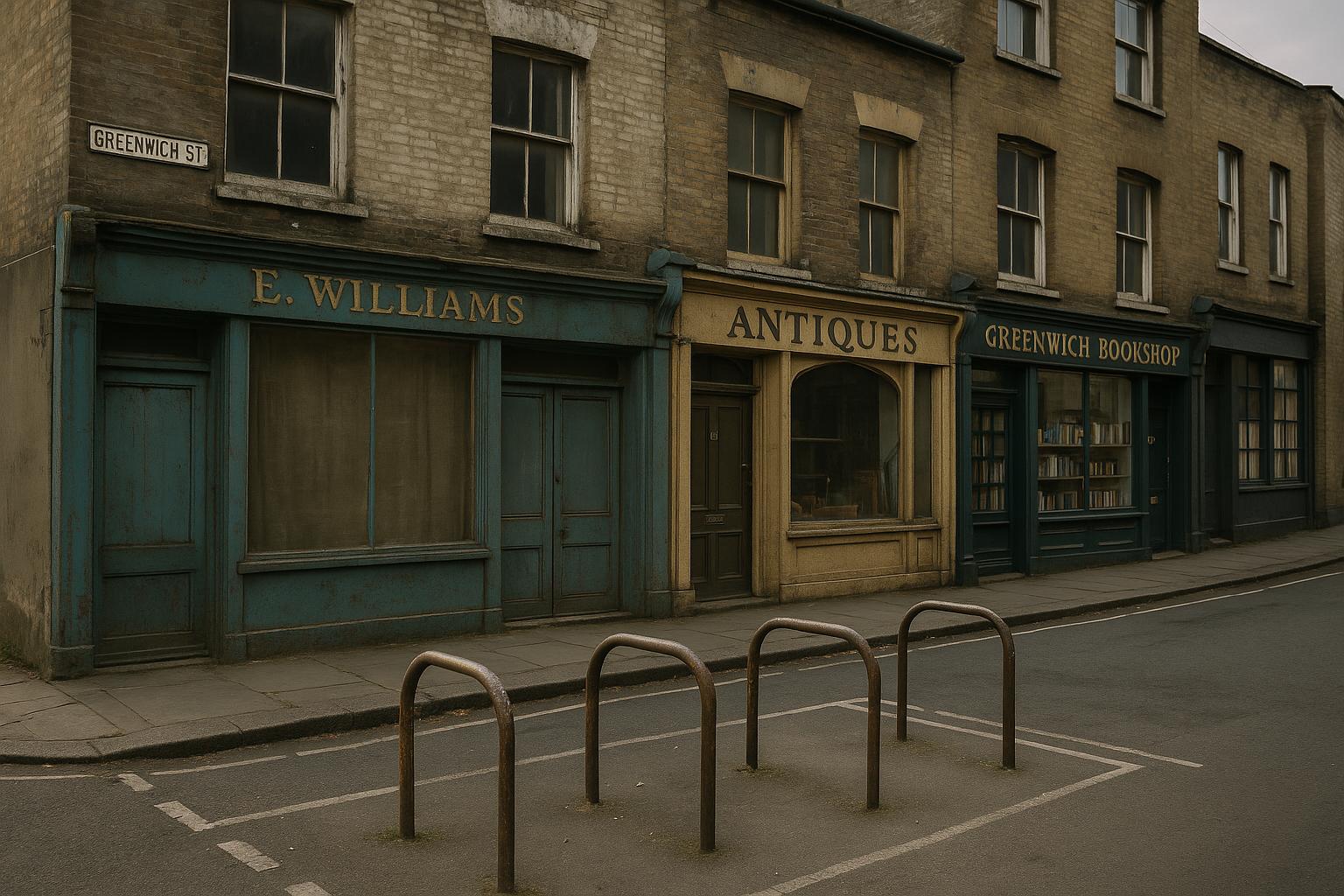London, a city renowned for its dynamic culture and relentless energy, presents a varied experience for residents and visitors alike, seamlessly blending the hustle of urban life with tranquil, residential enclaves. While the city's iconic landmarks and vibrant streets captivate many, there is a growing segment of people who seek refuge in its quieter neighbourhoods—areas that offer peace, culture, and community away from the typical tourist frenzy. This emerging preference is reshaping how travellers and residents engage with the capital.
The demand for peaceful and culturally rich neighbourhoods such as Greenwich, Crouch End, and Wimbledon reflects a broader shift towards longer stays and more immersive experiences. These areas appeal particularly to families and professionals who desire the balance of calm living while retaining access to the city's cultural heartbeat. Greenwich, for instance, is celebrated for its picturesque riverside views, world-class museums, and a suburban charm that contrasts with central London's bustle. Property prices there are comparatively moderate, with flats averaging around £475,000, terraced homes at £802,000, and semi-detached houses at approximately £1.41 million, making it an attractive spot for those seeking both tranquillity and proximity to London's core.
Similarly, Crouch End, known for its market-town feel in North London, remains a magnet for families and foodies alike. Despite being one of the pricier neighbourhoods, with flats averaging £542,523 and terraced homes reaching up to £1.2 million, its village atmosphere, green spaces, and community spirit make it highly desirable. Recent trends indicate that property market adjustments—such as a 9 percent drop in London's overall property values in 2024—have made these traditionally sought-after areas more accessible. Improved transport links and targeted developments enhancing local amenities have further reignited interest from homebuyers seeking a blend of urban convenience and residential comfort.
Wimbledon, noted worldwide for its tennis championships, combines suburban calm with urban accessibility. The area’s appeal to affluent buyers has helped it buck the overall decline in London property prices, recording a 3.4 percent increase in values in the second quarter of 2025. With flats around £545,000 and semi-detached homes at £1.63 million, Wimbledon remains a prestigious choice, drawing both domestic and international investors, partly due to the enduring cachet of its sporting heritage and extensive green spaces.
Other neighbourhoods like De Beauvoir Town, Walthamstow, and Teddington also contribute to this evolving London landscape. De Beauvoir’s tranquil canals and indie vibe, Walthamstow’s cultural hubs and affordability, and Teddington’s riverside serenity offer alternatives that blend peaceful surroundings with strong community appeal. These neighbourhoods attract a diverse mix, from young professionals to families, adding to London’s mosaic of living experiences.
This trend towards residential-style lodgings and longer, culturally immersive stays is reshaping the travel industry’s approach to London. Visitors increasingly seek authentic neighbourhood experiences, favouring places where they can connect with local life rather than just the city’s traditional tourist hotspots. This shift not only influences accommodation choices but also encourages investment and regeneration in these quieter areas, potentially balancing London's housing market demands and easing pressures on overcrowded central zones.
While London's property market remains one of the most expensive globally—with exclusive districts like Mayfair, Hampstead, and Richmond seeing average house prices surpassing £2 million due to high demand from wealthy foreign buyers and robust city bonuses—the rising appeal of calmer neighbourhoods demonstrates a subtle but significant reorientation in urban living preferences. The balance between cultural accessibility and peaceful residential life is becoming central to London's future as both a home and a destination.
In conclusion, as the appetite for quieter, community-focused living grows, neighbourhoods such as Greenwich, Crouch End, and Wimbledon are becoming vital to how the city is experienced by residents and travellers. They offer a compelling alternative to the traditional metropolitan rush, enriching London's cultural fabric and providing essential havens of calm amidst its renowned energy. This evolving dynamic is poised to influence London's property market and travel landscape in the coming years, signalling a more nuanced and personalised way of engaging with the capital.
📌 Reference Map:
- Paragraph 1 – [1], [4]
- Paragraph 2 – [1], [2], [5]
- Paragraph 3 – [1], [3], [6]
- Paragraph 4 – [1]
- Paragraph 5 – [1], [4], [6], [7]
- Paragraph 6 – [1]
Source: Noah Wire Services
